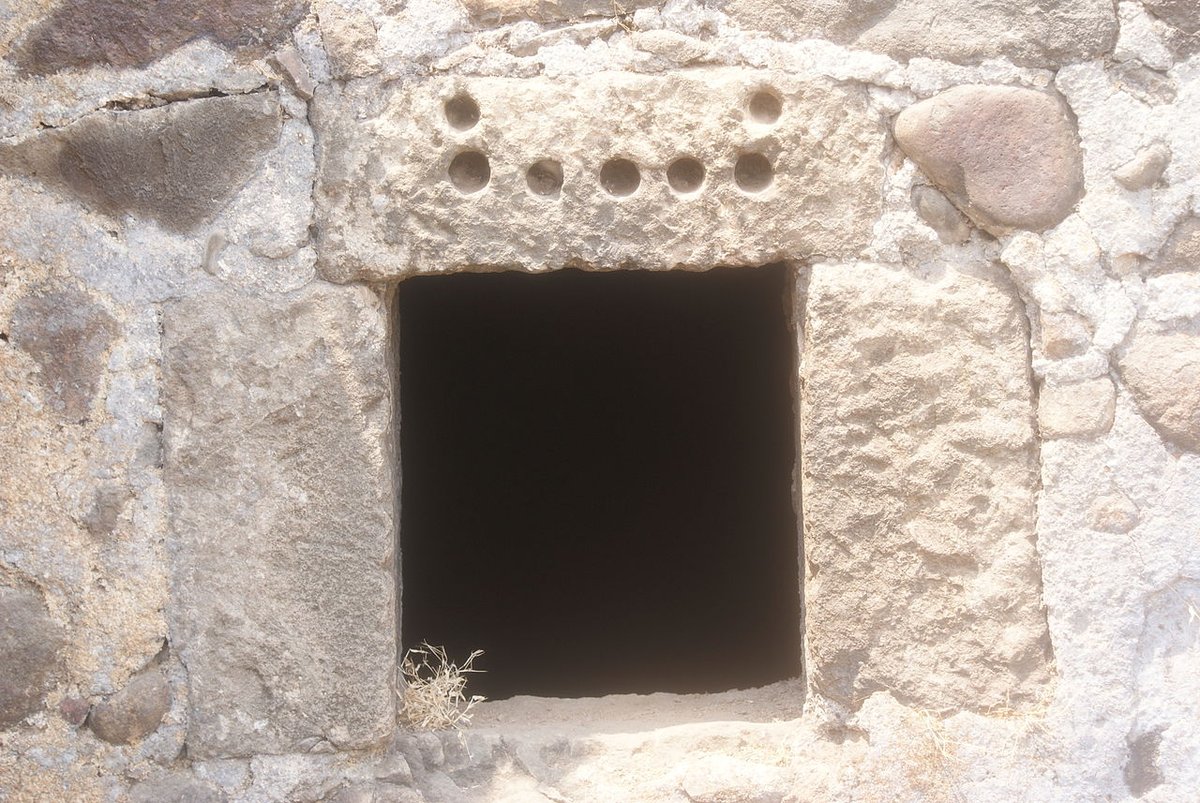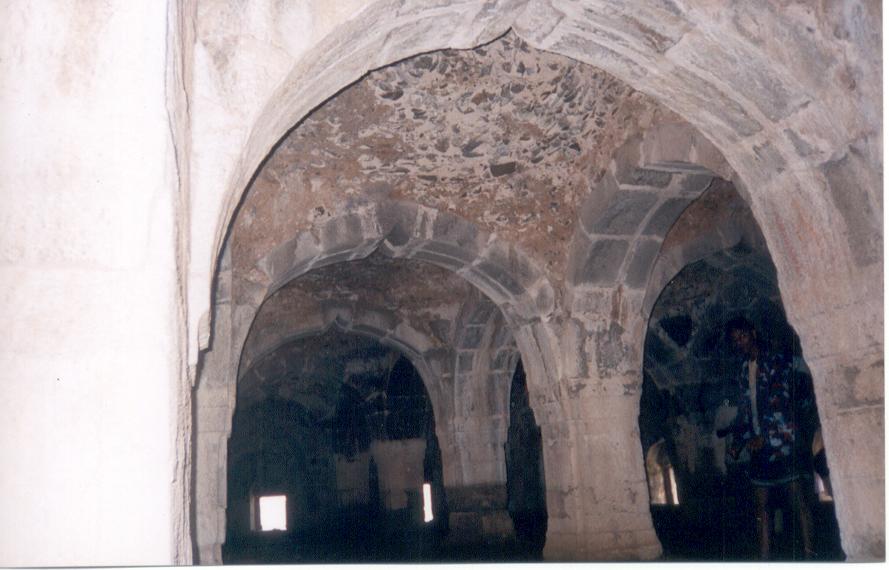1)Aerial view of Murud Janjira fort: An ancient engineering marvel
Built: In 15th century by Koli chieften
It reflects the marvel of ancient engineering. The fort stands withan impressive height of 40ft and is bounded by high walls on all sides. The fort was made by a mixture



Built: In 15th century by Koli chieften
It reflects the marvel of ancient engineering. The fort stands withan impressive height of 40ft and is bounded by high walls on all sides. The fort was made by a mixture




2.of lead, sand and gul. The main gate of the fort faces Rajapuri on the shore and can be seen only when one is quite close to it. It has a small postern gate towards the open sea for escape. The fort has 19 rounded bastions, still intact. On the outer wall flanking the main gate 



3.there is a sculpture depicting a tiger-like beast clasping elephants in its claws[It is actually Yali devouring elephant and can be observed at almost every South Indian Temple]. There are prominent lotus motif on all major gates of the fort Janjira. 





4.MYTH ABOUT FORT: when you'll visit the fort you'll be told that Fort was built by Siddis. The myth goes like that:
Originally the fort was a small wooden structure built by a Koli chief in the late 15th century. It was captured by Pir Khan,a general of Nizamshah of
Ahmednagar

Originally the fort was a small wooden structure built by a Koli chief in the late 15th century. It was captured by Pir Khan,a general of Nizamshah of
Ahmednagar


5.Later, the fort was strengthened by Malik Ambar, the Abyssinian-origin Siddi regent of Ahmednagar kings.
It all began one fine chilling night when the Siddi pirates from Abssynia massacred Ram Patil and his men and seized the wooden bastion which he held on that island.
It all began one fine chilling night when the Siddi pirates from Abssynia massacred Ram Patil and his men and seized the wooden bastion which he held on that island.

6.They rapidly fortified the island and the innerfort was completed under Burhan Khan of Rajpuri in 1571.The outer ramparts were completed by 1728 by Siddi Sural Khan. Janjira was a winner from beginning and soon became an invincible base for the Siddis who marauded tradingVessel 



7. all along the Malabar coast right upto Bassein.
The biggest lie propagated is that the fort originally was wooden structure. However, it's noteworthy that Arthashashtra clearly mentions that fort must not be completely made of wood.
The biggest lie propagated is that the fort originally was wooden structure. However, it's noteworthy that Arthashashtra clearly mentions that fort must not be completely made of wood.

8.And contemporary records also tells us that fort was built by Koli(s) for security purpose so it is absurd that he would have made wooden fort. Sculpture motifs are also strong evidence of its pre-siddi origin. No one is 'idiot' enough to build 'wooden fort' amidst 'salty' sea. 

• • •
Missing some Tweet in this thread? You can try to
force a refresh















































